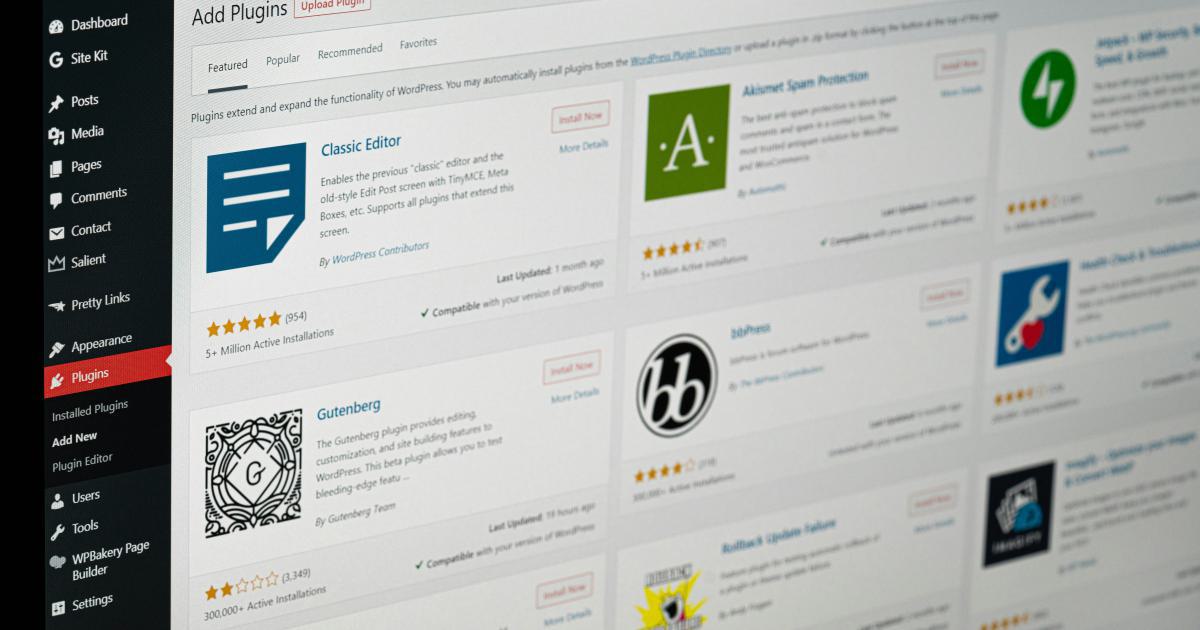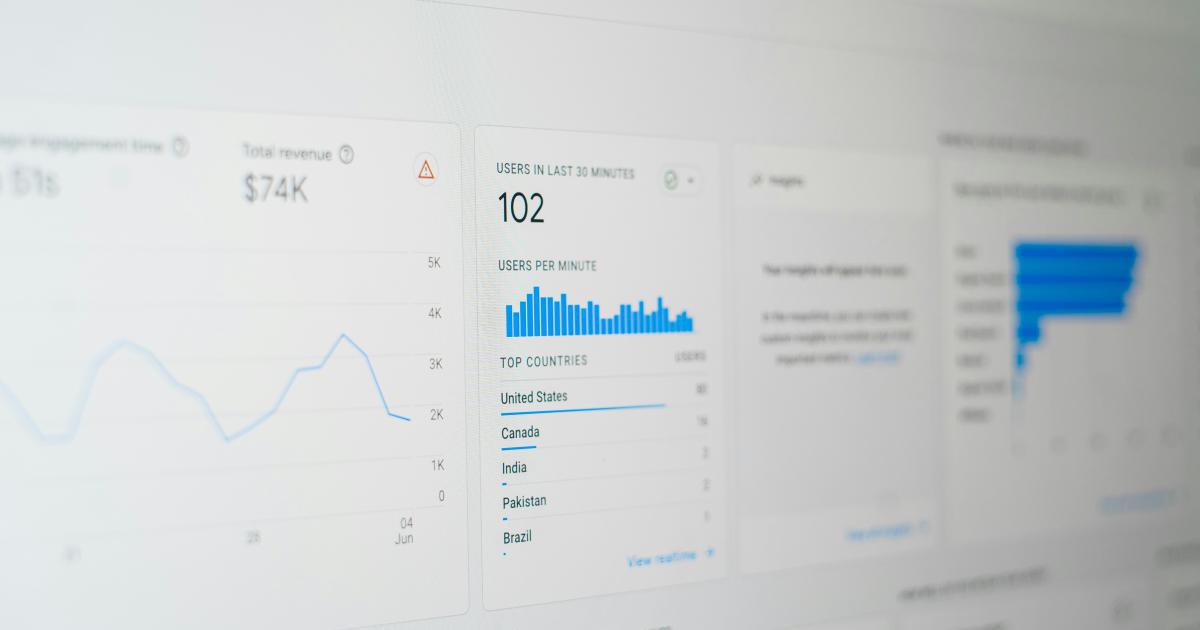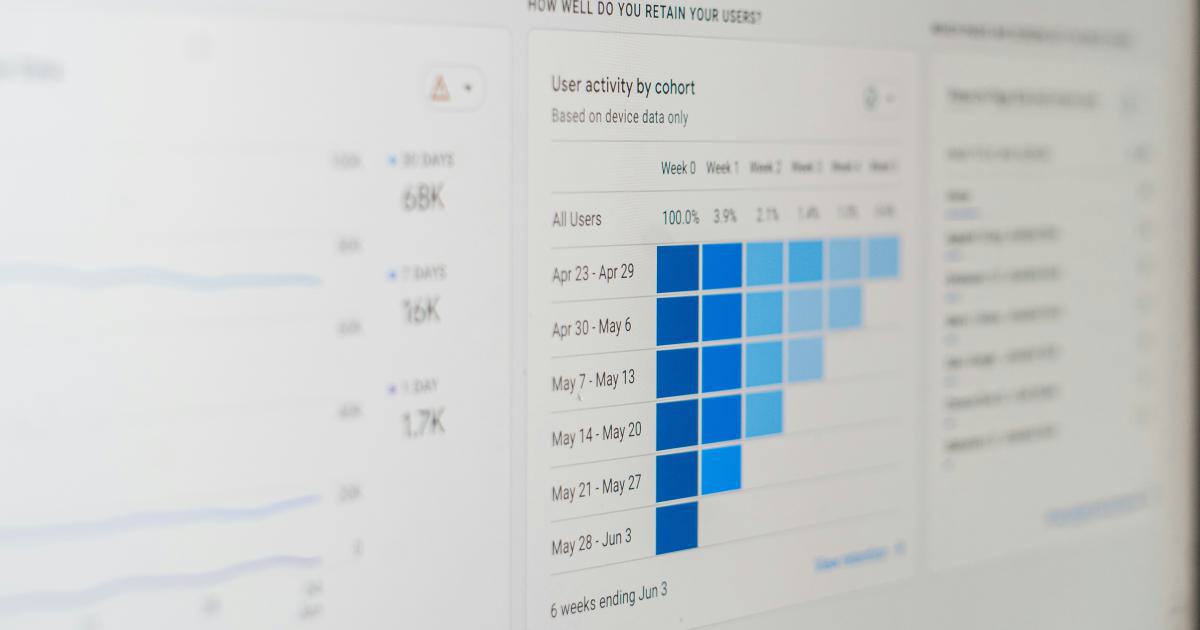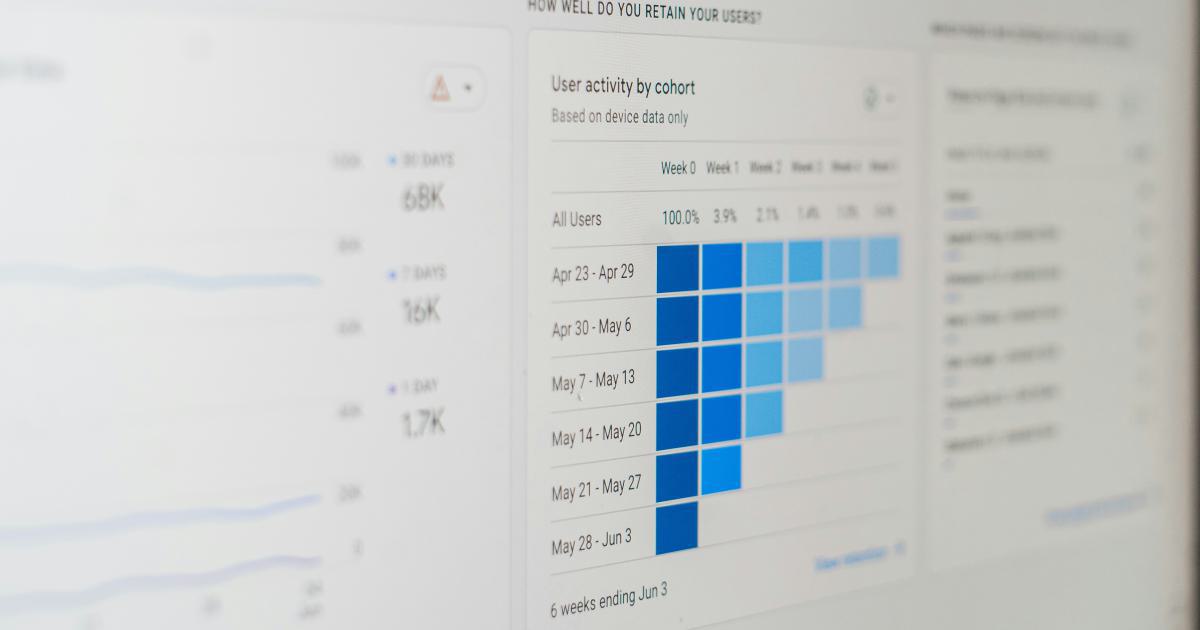Decoding Dwell Time: Underrated SEO Metrics Goldmine


The Overlooked Treasure of Dwell Time
In the ever-evolving landscape of search engine optimization (SEO), metrics often take center stage as the key to unlocking the secrets of online success. While metrics like click-through rate (CTR) and conversion rate tend to steal the spotlight, one often-overlooked metric holds tremendous power: dwell time.
Dwell time, the duration a user spends on a webpage after clicking through from a search engine results page (SERP), is a crucial but underappreciated indicator of user engagement and content quality. Unlike vanity metrics that simply track surface-level interactions, dwell time provides a deeper insight into how users truly engage with your website.

In this comprehensive article, we'll dive deep into the world of dwell time, exploring its significance, the factors that influence it, and how you can leverage this powerful metric to drive your SEO strategy to new heights. By the end, you'll have a solid understanding of why dwell time should be at the heart of your SEO efforts.
The Importance of Dwell Time in SEO
Dwell time is a crucial SEO metric because it directly reflects the user experience and the quality of your content. When a user clicks on a search result and spends a significant amount of time on the page, it signals to search engines that the content is engaging, informative, and relevant to the user's query.
Improved Search Engine Rankings
Search engines like Google place a high value on dwell time because it is a strong indicator of user satisfaction. The longer a user remains on a page, the more likely it is that the content has successfully addressed their needs. Consequently, pages with higher dwell times tend to rank better in search results, as search engines aim to surface the most relevant and valuable content for their users.
Enhanced User Experience
Dwell time is also a valuable metric for understanding and improving the user experience on your website. By analyzing dwell time data, you can identify which pages are resonating with your audience and which ones may need optimization. This information can inform your content strategy, website design, and navigation, ensuring that users find what they're looking for and engage with your content in a meaningful way.
Increased Conversion Rates
Dwell time is closely tied to conversion rates. When users spend more time on a page, they are more likely to take the desired action, whether it's making a purchase, signing up for a newsletter, or completing a form. By focusing on improving dwell time, you can also boost your conversion rates and drive more valuable outcomes for your business.
Deeper Insights into User Behavior
Dwell time provides insights into user behavior that go beyond simple pageviews or bounce rates. By understanding how long users engage with your content, you can gain valuable insights into their interests, pain points, and decision-making processes. This information can be used to fine-tune your content, optimize your website, and better align your marketing efforts with the needs of your target audience.

Factors that Influence Dwell Time
Dwell time is influenced by a variety of factors, both on-page and off-page. Understanding these factors is crucial for improving your dwell time and, ultimately, your overall SEO performance.
Content Quality and Relevance
The primary driver of dwell time is the quality and relevance of your content. If your content effectively addresses the user's search query, provides valuable information, and is presented in an engaging and easy-to-consume format, users are more likely to spend more time on the page.
Page Speed and Loading Time
User experience is heavily influenced by page speed and loading time. If a page takes too long to load, users are more likely to bounce back to the SERP, resulting in a lower dwell time. Ensuring that your pages load quickly and efficiently is crucial for keeping users engaged.
Readability and Scanability
The way your content is structured and presented can also impact dwell time. Content that is easy to read, with clear headings, subheadings, and well-formatted paragraphs, is more likely to keep users engaged. Additionally, the inclusion of visuals, such as images and videos, can help break up the text and make the content more scannable and engaging.

Device and Screen Size
The device and screen size used to access your website can also influence dwell time. Users on mobile devices may have different expectations and behaviors compared to those on desktops, and your website should be optimized for both. Ensuring a seamless user experience across all devices is essential for maximizing dwell time.
User Intent and Search Query
The user's original search query and their intent can also impact dwell time. If a user is searching for a specific piece of information, they may spend more time on a page that directly addresses their query. Conversely, if the user's intent is more exploratory or navigational, their dwell time may be shorter.
Engagement Factors
Finally, various engagement factors, such as the presence of interactive elements, calls-to-action, and opportunities for further exploration, can also influence dwell time. By encouraging users to engage with your content in meaningful ways, you can increase the time they spend on your pages.
Measuring and Analyzing Dwell Time
Measuring and analyzing dwell time is a crucial step in understanding and optimizing your SEO performance. Here's how you can get started:
Accessing Dwell Time Data
The primary source of dwell time data is your website's analytics platform, such as Google Analytics. In Google Analytics, you can find dwell time data under the "Behavior" section, specifically in the "Site Content" and "Site Speed" reports.

It's important to note that Google Analytics uses a slightly different term for dwell time, referred to as "Average Session Duration." This metric provides a good approximation of dwell time, as it measures the average length of a user session on your website.
Interpreting Dwell Time Data
When analyzing dwell time data, pay attention to the following:
- Average Dwell Time: This metric shows the average amount of time users spend on your website or specific pages.
- Trends and Fluctuations: Look for patterns in your dwell time data, such as increases or decreases over time, and try to identify the underlying causes.
- Comparison to Industry Benchmarks: Compare your dwell time data to industry averages or competitors to gauge how your performance stacks up.
By understanding these metrics, you can identify pages or content that are performing well and areas that may need improvement.
Segmenting Dwell Time Data
To gain deeper insights, consider segmenting your dwell time data based on various factors, such as:
- Device Type: Compare dwell time on desktop, mobile, and tablet devices to identify any discrepancies.
- Traffic Sources: Analyze how dwell time varies across different traffic sources, such as search engines, social media, or referrals.
- User Behavior: Examine dwell time for different user actions, like new visitors vs. returning visitors, or users who completed a conversion vs. those who didn't.
By segmenting your data, you can uncover more nuanced insights and develop more targeted strategies for improving dwell time.

Strategies for Improving Dwell Time
Now that you understand the importance of dwell time and how to measure it, let's explore strategies for improving this crucial SEO metric.
Optimize Content for Relevance and Engagement
The foundation of improving dwell time lies in creating high-quality, relevant, and engaging content. Conduct thorough keyword research to understand the intent behind your target audience's searches, and then develop content that directly addresses their needs.
Ensure that your content is well-structured, easy to read, and visually appealing. Use headings, subheadings, and bullet points to make the information more scannable. Incorporate relevant images, videos, and other multimedia elements to break up the text and keep users engaged.

Optimize Page Speed and Loading Time
Slow-loading pages can significantly impact dwell time, as users are less likely to wait for a page to load. Optimize your website's performance by:
- Compressing and optimizing images and other media
- Minimizing the use of large, unoptimized files
- Enabling browser caching
- Implementing content delivery networks (CDNs)
- Reviewing and streamlining your website's code
Enhance the User Experience
Improving the overall user experience on your website can have a positive impact on dwell time. Focus on creating a seamless, intuitive navigation experience, with clear calls-to-action and easy-to-find information.
Ensure that your website is mobile-friendly and responsive, adapting to different screen sizes and devices. Continually test and refine your user interface to identify and address any pain points or friction points.

Incorporate Interactive Elements
Adding interactive elements to your website can encourage users to spend more time engaging with your content. Consider incorporating features like:
- Interactive infographics or data visualizations
- Quizzes, calculators, or assessment tools
- Chatbots or live chat support
- Opportunities for user-generated content, such as comments or reviews
These interactive elements can foster a deeper connection between users and your brand, leading to increased dwell time and greater engagement.
Leverage Internal Linking
Internal linking, the practice of connecting relevant pages within your website, can also contribute to improved dwell time. By providing users with easy access to related content, you can encourage them to explore your website further, leading to longer session durations.
Strategically place internal links throughout your content, ensuring that they are relevant and add value to the user's experience. This can help users navigate your website more effectively and discover additional content that aligns with their interests.

Monitor and Optimize Continuously
Improving dwell time is an ongoing process that requires continuous monitoring and optimization. Regularly review your dwell time data, identify areas for improvement, and implement changes to your content, website design, and user experience.
Experiment with different approaches, measure the impact, and refine your strategies over time. This iterative process will help you continuously enhance the user experience and drive better SEO performance.
Dwell Time and Other SEO Metrics
While dwell time is a powerful metric, it should not be viewed in isolation. Dwell time works in conjunction with other important SEO metrics to provide a comprehensive understanding of your website's performance.
Bounce Rate
Bounce rate, the percentage of users who leave your website after viewing only one page, is closely tied to dwell time. A high bounce rate can indicate that users are not finding the content they're looking for or are not engaged enough to explore further. By improving dwell time, you can typically expect to see a corresponding decrease in bounce rate.
Pages per Session
The number of pages a user visits during a single session is another metric that can be influenced by dwell time. When users spend more time on your website, they are more likely to navigate to additional pages, leading to an increase in pages per session.

Conversion Rate
As mentioned earlier, dwell time is closely linked to conversion rate. Users who engage more deeply with your content are more likely to take a desired action, such as making a purchase, signing up for a newsletter, or filling out a form.
By focusing on improving dwell time, you can create a more positive user experience, which can ultimately lead to higher conversion rates and better business outcomes.
Dwell Time in Different Industries
While the principles of dwell time optimization apply across industries, the specific strategies and benchmarks may vary depending on the nature of your business and the expectations of your target audience.
E-commerce
In the e-commerce industry, dwell time is particularly important, as it can directly impact sales and revenue. Users who spend more time browsing product pages, reading reviews, and exploring related items are more likely to make a purchase. Optimizing product pages, enhancing the shopping experience, and providing engaging content can all contribute to improved dwell time and conversions.
B2B and SaaS
In the B2B and SaaS (Software as a Service) sectors, dwell time is often a key indicator of user engagement and lead quality. Users who spend more time researching solutions, reading case studies, or exploring features are more likely to become qualified leads and eventually convert into customers. Developing in-depth, informative content and providing a seamless user experience can help increase dwell time and drive business growth.

Content-Driven Websites
For websites focused on content, such as news, blogs, or educational platforms, dwell time is a crucial metric for measuring the success of the content itself. Users who spend more time reading, watching, or interacting with the content are more likely to find it valuable and engaging. Optimizing content for readability, incorporating multimedia elements, and encouraging user interaction can all contribute to improved dwell time.
Local and Service-Based Businesses
Even for local and service-based businesses, dwell time can be an important metric. Users who spend more time on a business's website are more likely to convert into leads or customers, as they are demonstrating a higher level of interest and engagement. Optimizing the website for local search, providing detailed service information, and showcasing customer reviews can help increase dwell time and drive business growth.
Dwell Time and the Future of SEO
As search engines continue to evolve and prioritize user experience, dwell time is expected to play an increasingly crucial role in SEO. Here's a glimpse into the future of dwell time and its impact on search engine optimization:
Increased Emphasis on User Signals
Search engines are continually refining their algorithms to better understand and prioritize user signals, such as dwell time, bounce rate, and pages per session. As these user engagement metrics become more prominent in search ranking factors, optimizing for dwell time will become even more essential for SEO success.
Integration with Machine Learning and AI
The advancement of machine learning and artificial intelligence (AI) in search algorithms will further enhance the importance of dwell time. Search engines will be able to more accurately interpret user behavior and use dwell time as a strong indicator of content quality and relevance.

Personalized Search Results
As search engines become more personalized, dwell time will play a crucial role in delivering customized search results. By analyzing a user's dwell time patterns across different types of content, search engines will be able to surface the most relevant and engaging information tailored to each individual's preferences and behaviors.
Increased Focus on User Experience
The growing emphasis on user experience in SEO will continue to elevate the importance of dwell time. Search engines will prioritize websites that provide a seamless and engaging user experience, as measured by metrics like dwell time, to ensure users find the information they're looking for quickly and efficiently.
Evolving Measurement and Reporting
As the significance of dwell time increases, we can expect to see more sophisticated tools and techniques for measuring and reporting on this metric. This will enable marketers and SEO professionals to gain deeper insights into user behavior and make more informed decisions to improve their content and website performance.
Conclusion
In the ever-evolving world of search engine optimization, dwell time stands out as a powerful and often-overlooked metric. By understanding the importance of dwell time, the factors that influence it, and the strategies for improving it, you can unlock a goldmine of opportunities to enhance your SEO performance and drive better business outcomes.
Remember, dwell time is not just a vanity metric – it's a direct reflection of how users engage with your content and your website. By focusing on improving dwell time, you'll not only boost your search engine rankings but also create a more satisfying user experience that keeps your audience coming back for more.
So, take the time to dive deep into your dwell time data, experiment with different optimization tactics, and continually refine your approach. The rewards of mastering dwell time will be well worth the effort, positioning your brand as a trusted and engaging presence in the ever-changing landscape of search.